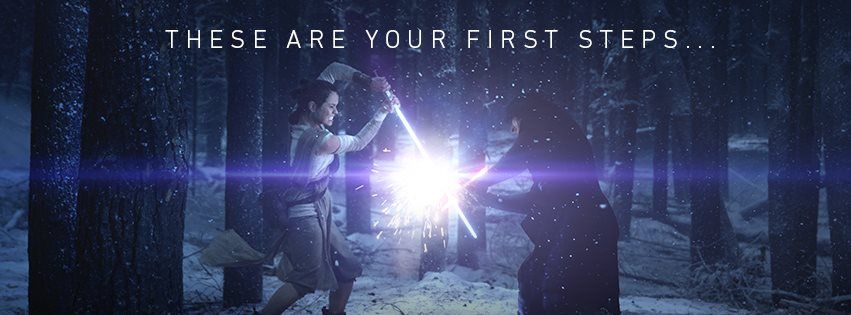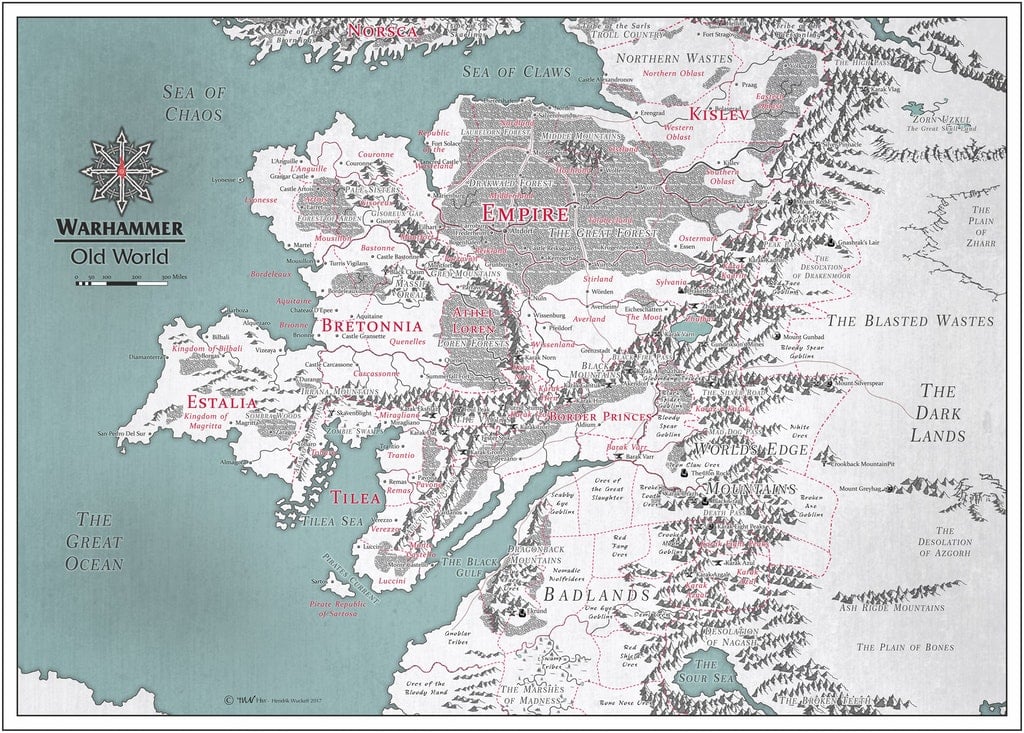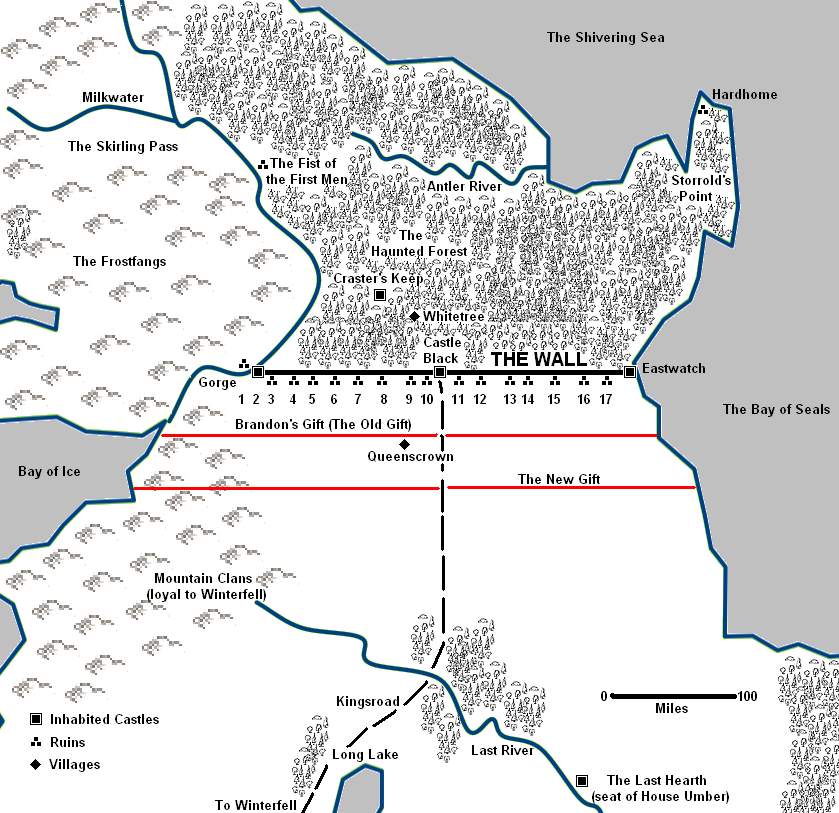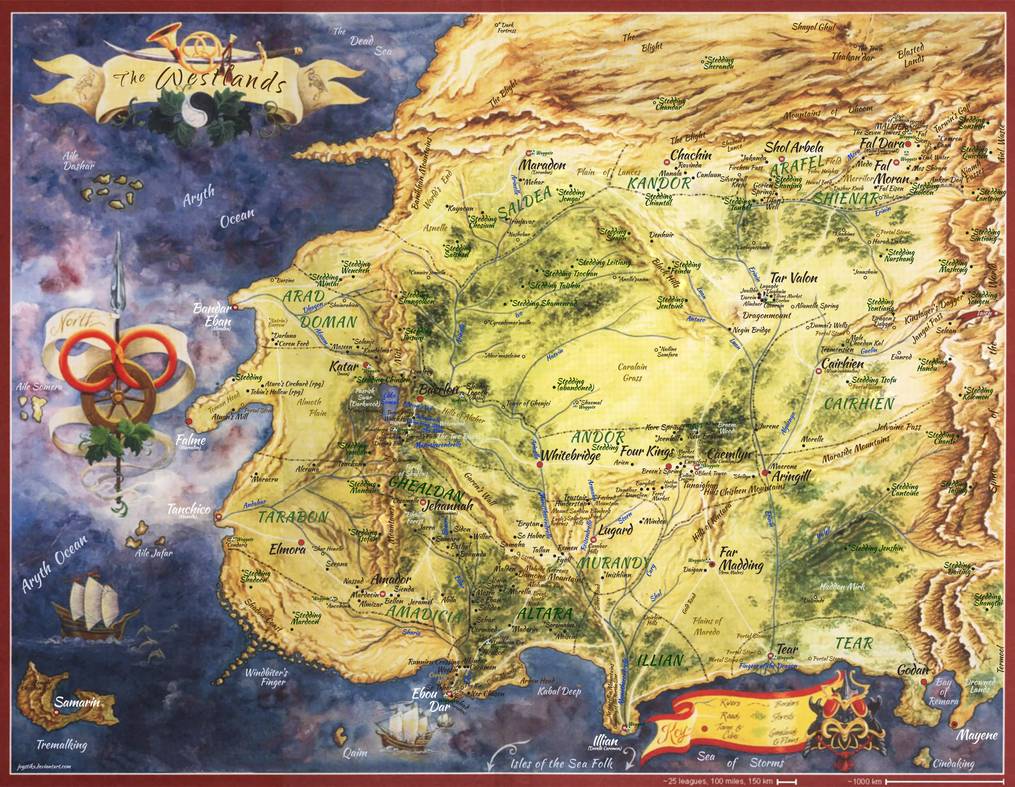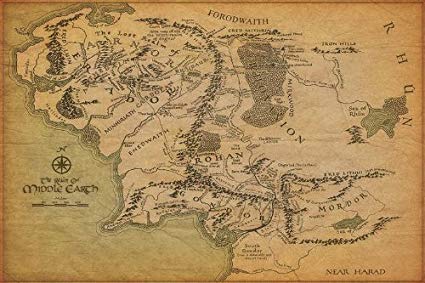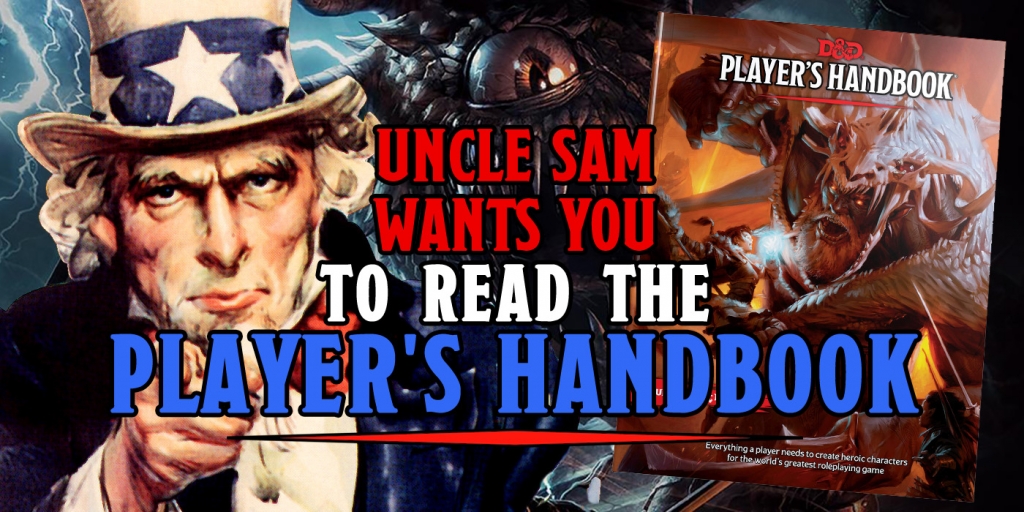RPG: World Building Workshop – Get Europe Out of Your Maps
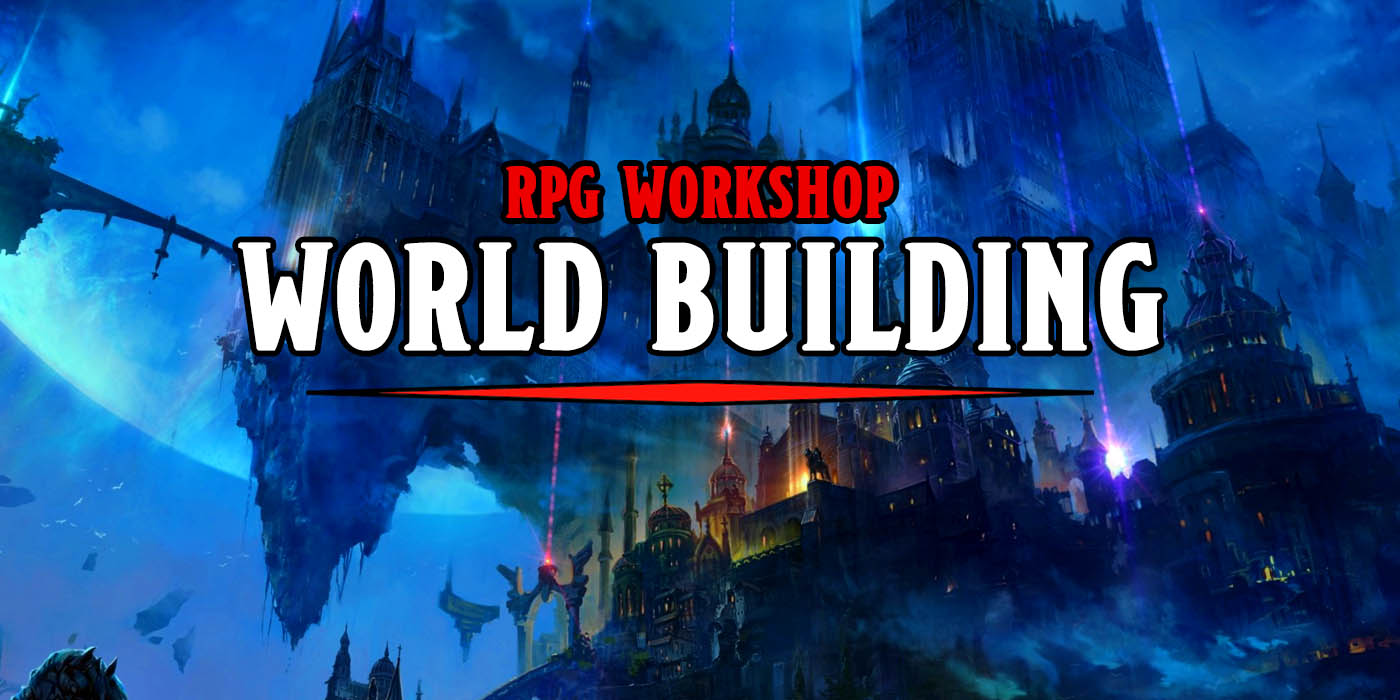

Let’s talk about how to avoid some of the typical and overused cliches in map making.
There comes a time in almost every DM’s life when they want to move beyond the existing settings and create one of their own. Maybe you have an amazing story to tell, and it needs its own world to be told in. Perhaps you have a super awesome idea for a world and want to run adventures in it. Maybe you just like making up settings. Whatever the impetus, creating your own setting can be fun and rewarding both to you and your playgroup. In this ongoing series, we will look at the steps you can take to create your own setting (a process known as world-building), and we’ll look at some tips and tricks of excellent world-building and some common mistakes people make. Along the way, we will build our own setting and world.
Welcome to World Building Workshop, let’s get started.
The Groundwork
Last time on World Building Workshop, we talked about some of the basics of map making. In particular, we covered the first steps of getting some inspiration and making outlines. Today lets talk about a few common tropes or cliches we see in a lot of maps, and how to avoid them.
Eurocentrism
Fantasy maps (and the fantasy genre in general) have traditionally been a very Eurocentric field. In this cases Eurocentrism means that fantasy, and its maps, is heavy slanted towards portraying the European/Western experience. This is not necessarily a bad thing. However, being too Eurocentric can lead to stagnation of ideas and overused cliches; it limits thought and creativity. It can also alienate people of other cultures or backgrounds. Fantasy is ultimately made up, and when it draws from more sources and ideas it will lead to a better story. One of the most common places to see this focus on the European experience is in fantasy maps. Many of them either show a ‘fantasy Europe’ or contain common cliches that are based on the European or Western experience. Let’s take a look at a few and see how they can be avoided.
Fantasy Europe
What It Is: It’s Europe! Only a little different.
What It’s Used In: Warhammer Fantasy, Lord of the Rings, many others.
Why It’s Common: If you’re going to base your setting off of Europe in the middle ages what better map to use then Europe? A slightly altered version of Europe can be a familiar setting for players or readers and does a lot of the leg work for you. Just changes some names a bit, but you can keep all the cultures and stereotypes intact if you want. Maybe the secret is this is actually Earth, just in the future or past.
What To Do Instead: How about literally anything else?
The Wall
What It Is: Somewhere in the North is… The Wall. It’s big and long, and keeps out the snow and the barbarians. You also got some variation where the wall is impassible mountains with a few passes or a line of Forts.
What It’s Used In: Game of Thrones, Codex Alera, The Wheel of Time (forts).
Why It’s Common: There are a couple of things here. One of the major inspirations for this is Hadrian’s Wall, famously built to keep out the Northern Barbarians. You’ve also (of course) got the Great Wall, which may also have influenced the idea. It’s also a Wall to the North that keeps out Barbarians. In this case, I would say that the Great Wall reinforced the design, rather than being where it came from. The ideas of walls to the North is pretty common and based on real-world applications.
What To Do Instead: Massive walls are tough to maintain and build, and not all that effective historically. Mountains, rivers, and oceans tend to work much better as national boundaries. How about a story where the wall fell a long time ago? Or the Empire expanded past the wall? Or just no wall at all.
Oceans are In the West and South, Mountains in the North and East
What It Is: This goes hand in hand with the Fantasy Europe Map. The vast majority of maps you’ll find is in ‘the west,’ with mountains to the North and East, and water to the West and South. Bonus is there are secret lands to the west.
What It’s Used In: Game of Thrones, Codex Alera, The Wheel of Time, Lord of the Rings, Kingkiller Chronicles, Warhammer Fantasy, the Forgotten Realms, so many others.
Why It’s Common: Again, this pretty much just comes down to trying to recreate Europe in some way. Even if your map looks nothing like Europe, it’s likely going to have this kind of orientation. It’s so ingrained in people that they often just start drawing a map this with without thinking.
What To Do Instead: Changing things up can be as simple as flipping the map, but your ocean to the east and your mountains to the west! You could also play around with things, draw out the whole continent, and have water on all sides. Or maybe have your setting be landlocked, with mountains or plains on all sides, and no oceans. This map type is so common that even little changes can help you stand out.
Northern Hemisphere
What It Is: Your map is set in the Northern hemisphere. It’s cold in the north and hot in the south.
What It’s Used In: Game of Thrones, Codex Alera, The Wheel of Time, Lord of the Rings, Kingkiller Chronicles, Warhammer Fantasy, the Forgotten Realms, and almost every other setting.
Why It’s Common: This is linked again to the common Western, or Northern, worldview. It’s just the standard default to a huge number of people. I think just about every book I’ve read has this, which determines a lot of other things, cold wastelands in the north, jungles or deserts in the south. Again, I think for the vast majority of people it’s an unconscious choice.
What To Do Instead: Set your world in the Southern hemisphere. The South is cold; the north is hot! Confuse people and make them question their assumptions. Or go really crazy and set it along the equator, with a hot middle and colder north and south.
Final Thoughts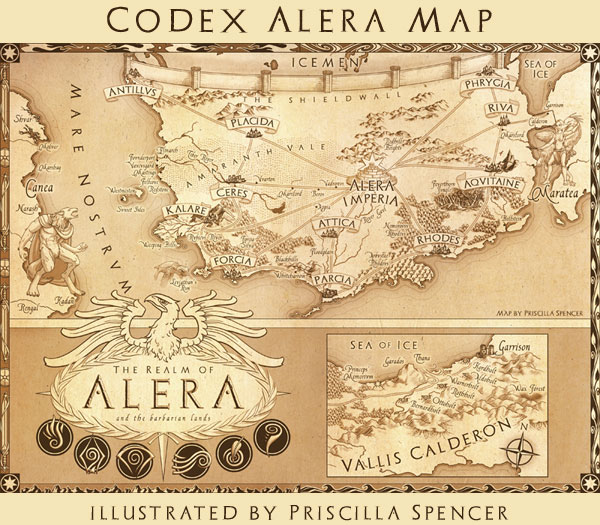
As you can see, there are a lot of these cliches that pop up over and over again. More than I can cover in one article – we may take a look at some more later. The main point here is not that these cliches are bad. It’s simply that they are often overused. Like all cliches, you should understand them and use them because you’ve chosen to, not because it’s a default you go with unconsciously. Avoided unneeded and unwanted cliches will lead to a more interesting and exciting world for your players. Also, if your playgroup does not all come from the same background, being more inclusive in your world building and map making can help players feel more engaged and invested.
Let us know what map cliches you think are overused, down int he comments!

